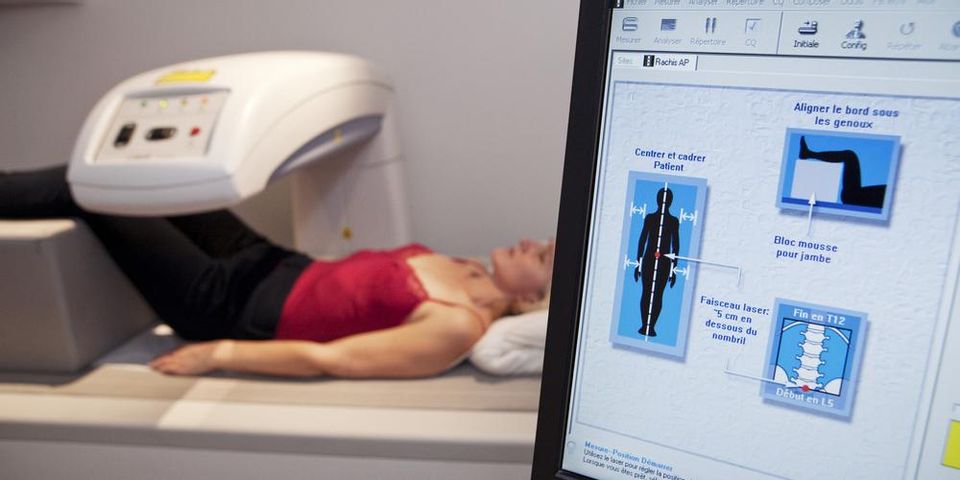
Osteoporosis and low bone mass affect about 54 million Americans, according to the National Osteoporosis Foundation. Older women are at the highest risk for weakened bones, which is why doctors recommend that women ages 65 and older get routine bone density testing. But few patients realize just how often they should be screened.
The condition is known as a “silent disease,” meaning it can progress over time and show few symptoms before a bone fracture occurs. A bone density scan is able to detect weakening bones early on. Those who already have osteoporosis can also track the aggressiveness of the disease.
 A 2012 study of roughly 5,000 women found that women in this older age group who had healthy bone density at their first screening could safely wait 15 years before getting more bone density testing done. That’s because in women who tested well on their initial screening, less than 1 percent went on to develop osteoporosis.
A 2012 study of roughly 5,000 women found that women in this older age group who had healthy bone density at their first screening could safely wait 15 years before getting more bone density testing done. That’s because in women who tested well on their initial screening, less than 1 percent went on to develop osteoporosis.
However, other factors such as age, medications, or certain diseases influence the frequency at which patients should be screened. Traditionally, women over the age of 65 can err on the side of caution by getting bone density testing done every three to five years. Patients who showed early signs of weakening bones should opt to get screened every two to three years. This is also the suggested frequency for people with certain cancers, diabetes, autoimmune disorders or other health conditions. Trained medical experts can help you decide what kind of screening schedule is right for you.
Bone density testing can be done at a women’s health clinic such as TTNYD&D OBGYN in Honolulu, HI. Their group of doctors provides individualized care to women concerned about their bone health, with office hours extending to nights, holidays and weekends. Call their office at (808) 599-4200 or visit their centrally located practice in the city for more information on their services.
About the Business
(2 reviews)
Have a question? Ask the experts!
Send your question

